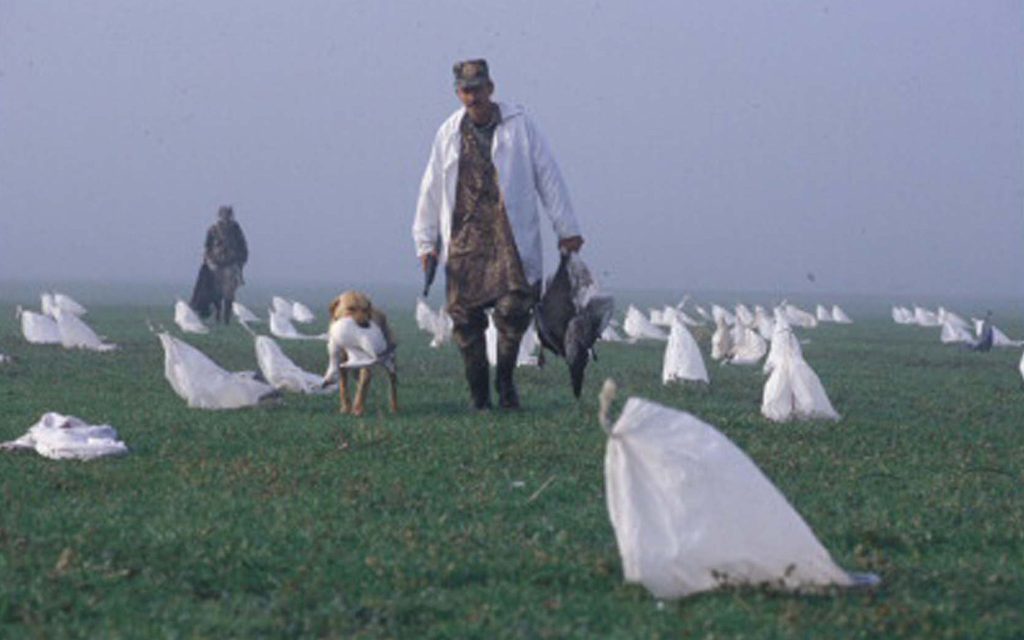by John Jefferson
I thought I knew something about Texas waterfowl hunting. After all, my earliest hunting adventures included wading a large pond near the Gulf to hunt ducks during high school years — finding out later that it was full of alligators. Then, I acquired a brother-in-law who owned 10,000 acres of rice, cattle land, and duck ponds near Devers, also enjoyed countless hunts in the rice-rich areas west of Houston, and even hunted geese and Sandhill cranes in the Panhandle.
But as I sat down to write this column, I sought a favorite outfitter, and googled “Waterfowl hunting guides in Texas” to locate him. That was surprising. Up came 57 different hunting operations scattered across Texas. The first two tell the tale of diversity. First Shot Outfitters is near Coleman and Swamp Nasty Outfitters is in the Bonham area – half-way across Texas from each other and about the same distance or more from the legendary rice and soybean belt inland from the coast running from Beaumont to near Victoria. I’ve never hunted with either of the two guides mentioned but use them as examples of the waterfowl hunting range throughout Texas.
I also remember an afternoon flight years ago in a small Parks and Wildlife plane at low altitude and marveling over ALL the water-reflected, late afternoon sunlight shining up at me the entire way back to Austin from Dallas. Despite the vast urbanization caused by high tech and our welcoming economy, Texas is still an agricultural state. Huge water impoundments are also waterfowl attractors, as are private ponds developed by new, rural landowners. I can only imagine waterfowl parents telling chicks not to fret over northern ponds rapidly icing: “Tomorrow, we’re flying to Texas – a land of open water and abundant food!”
Texas big-bird hunters are lucky. We’re at the end of the line in the Central Flyway, the aerial “Highway One” for waterfowl fleeing the north as winter temperatures and snowstorms blanket their homeland and feeding grounds. And, as the Internet revealed, hunting the web-footed flocks is available in most of the eastern two-thirds of Texas. Much of it’s awaiting hunters just a doable drive from population centers.
Goose hunting on the legendary Lissie Egypt Prairie west of Houston became a sad story a few years back when drought and falling lake levels in Central Texas decimated the rice industry. All remaining water was hunted, pressuring birds away. That could explain the increased number of upstate guides.
Now, rice farmers still in business have water, and rice and geese have returned – somewhat. TPWD Migratory program leader, Kevin Kraii, estimates 500,000 geese in Texas presently — nowhere near what was here before.
David Butler, TPWD area waterfowl biologist, reports that many more northern geese are poised to come. Increasing numbers of pintails have been observed, too, although neither species justifies an increase in the reduced bag limits of ten snow geese and one pintail.
TPWD is working on a water plan, but it will take time. Patience is a virtue.
JJ





